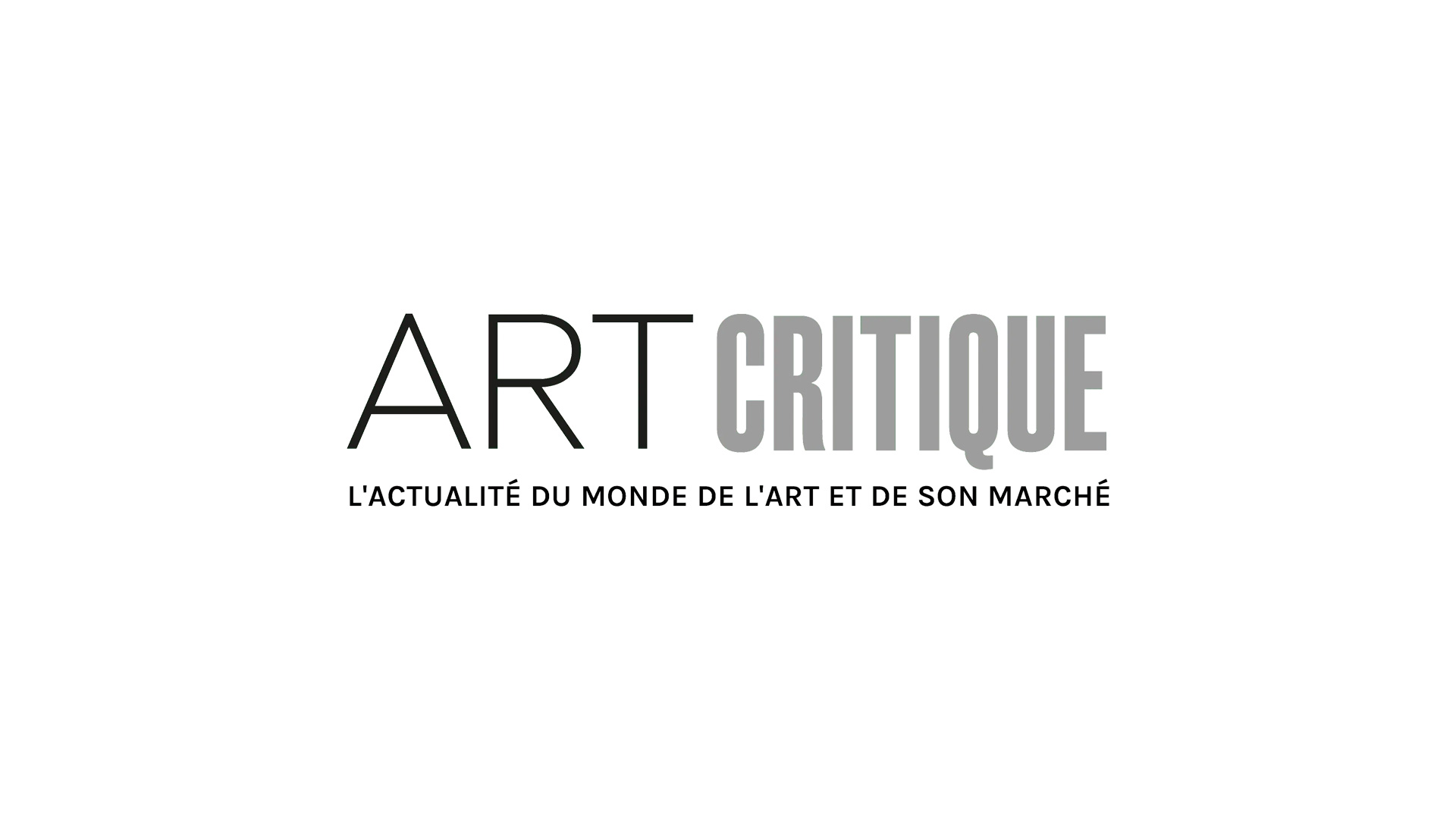Franz West’s exhibition at Pompidou
From September 12 to December 10, 2018, The Pompidou Centre is staging a large retrospective of the Austrian artist Franz West. While West may not be so well known in France, he gained an international reputation during his lifetime, leaving around 6000 artworks as his legacy. If contemplating art from a discreet distance isn’t your thing, here you can be part of the artist’s creation by actually sitting on or touching the pieces.
The biggest retrospective of Franz West since his death in 2012
Taking West’s career in chronological order, the exhibition retraces the artist’s steps via a compilation of around 200 artworks. From his early drawings at the beginning of the 1970s, to the organic sculptures, collages, and art-furnishings that made him famous, Pompidou’s collection includes many unknown works as well as celebrated installations. The exhibition will be accompanied by a number of associated events, such as performances, curator and artist talks.
If West hasn’t followed a traditional academic path, he has shown a flair for learning in his own idiosyncratic way – which could be how he developed a unique sensibility in his work. Deeply curious about philosophy and psychoanalysis, West counted Ludwig Wittgenstein and Sigmund Freud among his favourite authors. Exploring the boundaries of art and life, West likes to play with his public, creating works that have a double meaning. Through sensitive and versatile exploration, he endows his work with meaning, toggling between the cultured and the popular, the collective and the individual, fine art and craft. West enjoyed collaborating with other artists, including musicians and writers – but also with his public, demonstrating a real sense of collective creativity.
Between art and life
Pleasing connoisseurs and larger audiences alike, the work of Franz West is intellectual but also educative. On one hand, the material used and the invitation to interact draws interest from the general public, and on the other, multiple references to music and philosophy show an agile, creative mind working on a higher plane. Most of his sculptures have something organic in their texture or form that directly relate to our body. The artist wants us to touch, to question the way objects have been made and the way in which they can be used. That’s certainly the case for his first sculptures – Passstücke – created between 1973 and 1974, wherein visitors are invited to sit and transform the furniture-art with their own bodies. Strongly influenced by psychoanalysis, West wanted to invite the visitor to interact to ‘reveal their neuroses’.
The exhibition also presents a major retrospective including the large-scale work, The Auditorium, which was first shown in 1992 at the IX Documenta in Kassel and represents a series of 72 iron sofas coated with oriental carpets. Here again, the installation is at the same time a sculpture and also a place to rest. It’s important for the artist that the visitor interacts with the artwork, rather than just observing it. Freud also has something to do with the sofa and the reflections behind it: his work is portrayed as much a therapy for himself as for the people who are experiencing it. West wants to create an inner dialogue and a collective exchange.
In the Pompidou retrospective, in addition to West’s most famous works, an ensemble of papier-mâché sculptures from the 1980s are displayed. Not a Brancusi fan, he prefers to provoke the viewers with unsettling textures, in order to move away from our conventional idea of beauty. West is a pioneer of the Trash movement, showing a new way of creating something beautiful and attractive. Without a pre-determined form, his sculptures explore more unconventional aesthetic forms.
Featured image: © HP Schaefer





